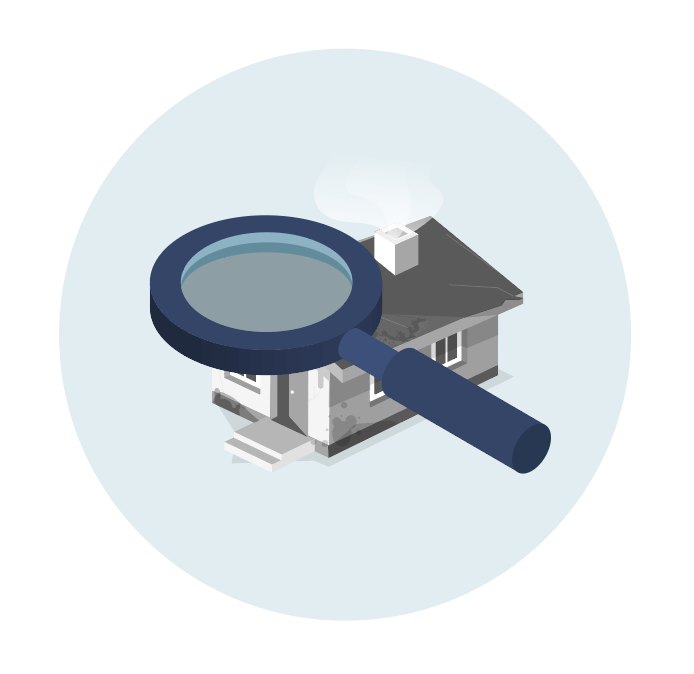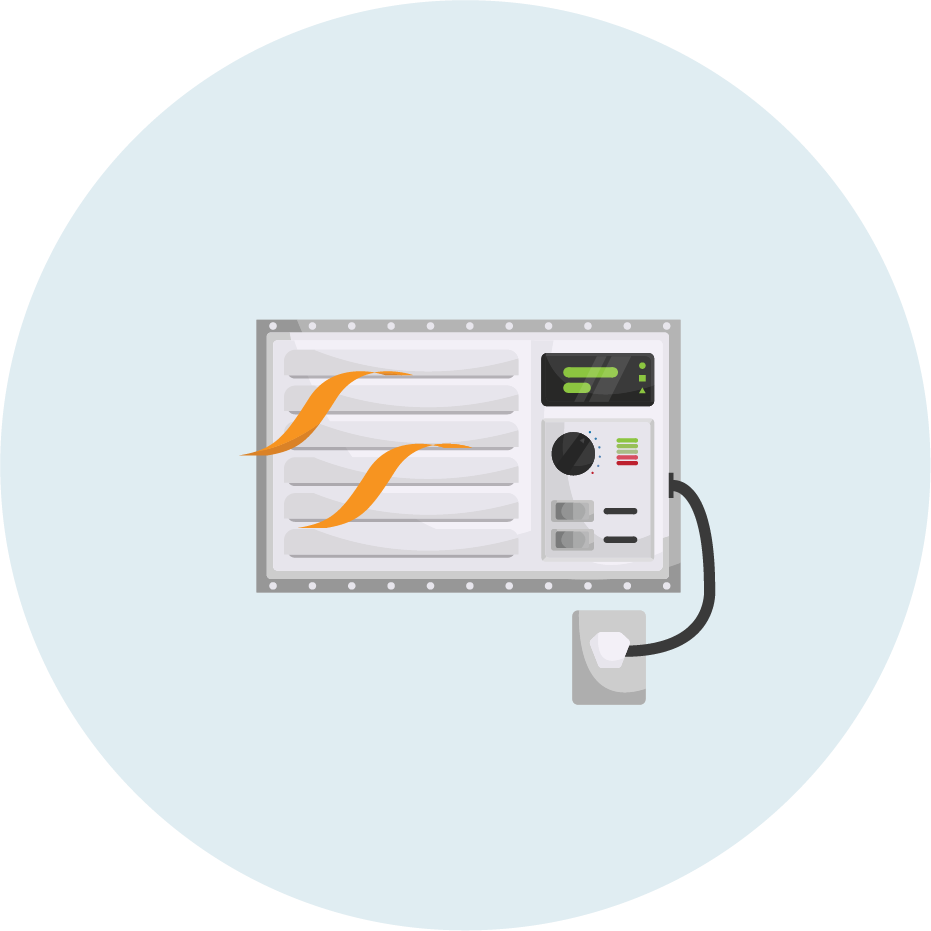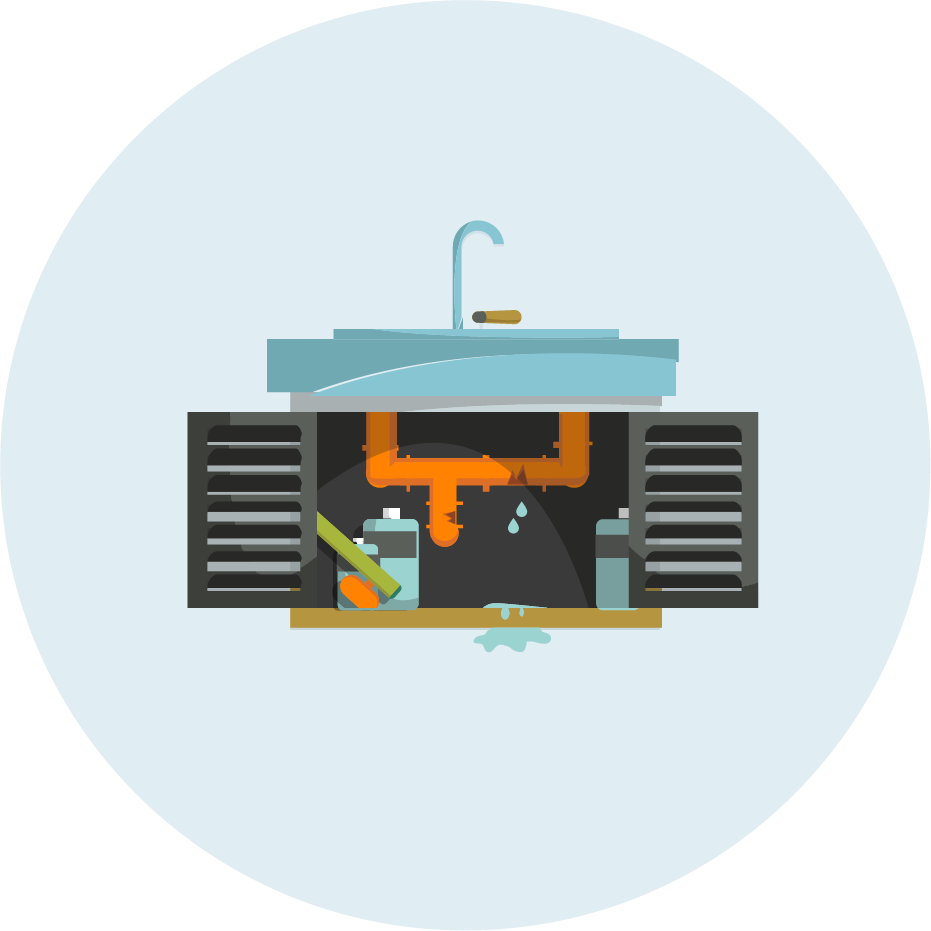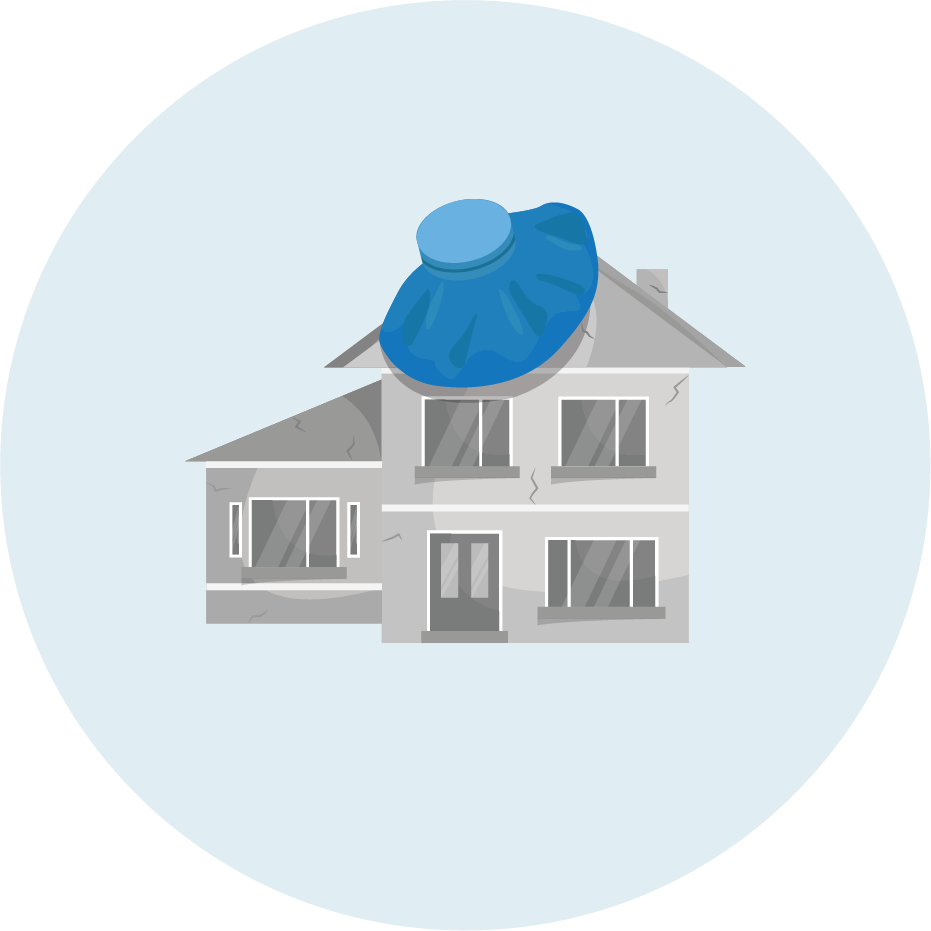

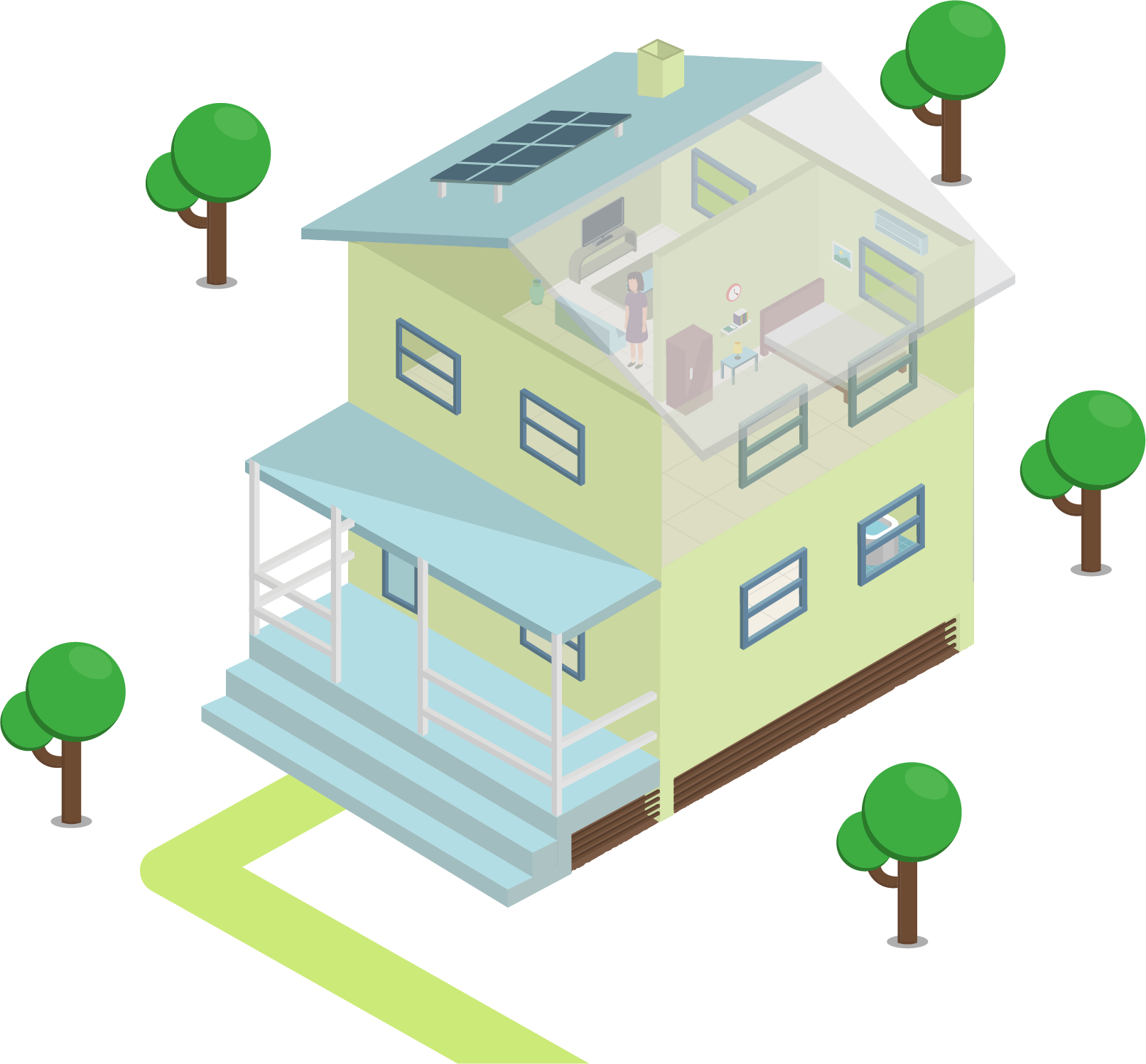
The answer ultimately comes down to five simple things.
Read MoreWe often get asked, “What makes a home healthy?” Our answer boils down to five simple principles:
It comes as a surprise to most people that the air inside their home isn’t “fresh air.” The air inside your home is a concentrated version of what is outside of your home (including pollution and pollen) plus what comes up from your basement or crawlspace, through your heating/cooling systems, and through any cracks and crevices. Add in all the chemical fragrances from personal care and cleaning products and the increased moisture from showering, laundry and cooking and it gets easier to see how the air you breathe inside your home can’t be described as fresh.
Opening windows can help, but they really only provide fresh air in close proximity to the open window. When your windows and doors are closed, the continuous fresh air can be achieved through a balanced air management system, ideally installed inside the “breathing envelope,” that draws air in through a tube, filters it and then silently distributes it evenly throughout the house. Simultaneously, the system silently expels damp, stale air out of bathrooms, laundry rooms and kitchens. This keeps fresh and healthy air moving throughout the house.
To keep bad air and moisture out, you need to eliminate air leaks in through floors and walls as well as your basement, crawl spaces, and/or attic. This means air sealing between the Breathing Envelope TM and spaces not meant to be lived in. You want to make sure your house is well-sealed with non-toxic foam, caulking, and moisture barriers as needed to ensure your family isn’t exposed to air from the damp, dark spaces of the house. In new construction, use a breathable membrane, which blocks most water and leaking air but still allows the house to breathe. Sealing also keeps pests and rodents from getting into your living spaces and compromising air quality.
Proper insulation is also critically important. Not only does it make your home more comfortable and energy efficient, it helps to eliminate the cold areas of the home where dampness accumulates causing unhealthy air to happen.

When you think of your exposure to toxins inside your home, you need to think broadly. Your house isn’t built out of only one material and you probably don’t just have one cleaning product. If you are like most people, your house contains hundreds of different building materials, cleaning and personal care products, pieces of furniture and carpeting, scented candles, and more. While any one product is unlikely to cause a problem unless you are chemically sensitive or allergic, it is the collection and mixing of chemicals that places a burden on health.
Reduce or eliminate as many chemicals as possible within the house to avoid breathing them in. This means using low or non-toxic paint and building materials, eliminating internal sources like air fresheners, scented candles, chemically fragranced cleaning products, laundry detergents and personal care products, choosing flooring without formaldehyde and upholstered furniture without flame retardants. Be cautious in storing personal care items or cleaning supplies in bedrooms or under the sink in bathrooms without ventilation. We recommend storing paints and pesticides away from the house, but if you can’t do that, make sure lids are tightly sealed and containers are intact and place them away from forced air systems.
Carpet, drapes, upholstery and bedding provide the perfect breeding ground of bacteria and dust mites and act as magnets for human allergens including dust and pollen. For a healthy home maximize your smooth, easily cleanable surfaces by replacing wall-to-wall carpeting with smooth flooring and fabric drapes with non-fabric alternatives.
If replacement isn’t an option, it is best to routinely vacuum your carpet with a genuine HEPA filtered vacuum and to deep clean both carpet and drapery periodically per manufacturer’s instructions with a non-toxic cleaner. Bedding should be routinely laundered in hot water.
Smooth surfaces actually extend to what is under your house too. You probably wouldn’t choose to live in a house with a dirt floor, but unless the soil in your crawl space or basement is sealed with an air-tight liner, you have a dirt floor. Even though you may never go into your crawlspace an estimated 40% of the air you breathe inside your house is sucked up from the crawl spaces and basements, and brings with it dampness, odors, soil gasses, dirt, dust, and pests.
Healthy homes require occupants to have healthy habits. Remember to run the bath fan during and for at least 20 minutes after showering. Run kitchen hood fans every time you cook – even if you are just simmering or boiling – and choose glassware and cast iron or ceramic cookware. Vacuum using a HEPA filtered vacuum at least once a week if you have carpet or more frequently if you have pets or high traffic areas.
Other easy habits: take shoes off as soon as you come in the door, change furnace filters at least 3-4x a year, and take an electrostatic or microfiber cloth to tops of doors, windows, hanging picture frames, ceiling fans at least a few times each year to minimize dust.
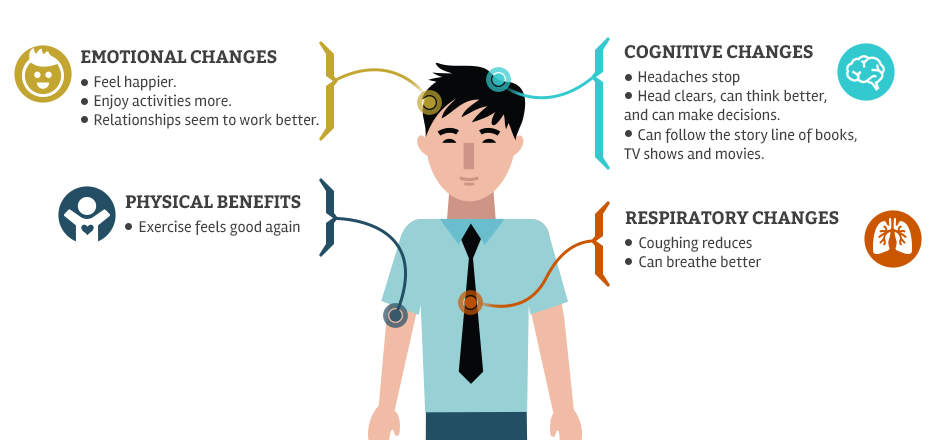
Recognize indicators that your home has an indoor air problem that could be degrading your health
The quality of air we breathe inside our home is critical to a good health, but it isn’t so easy to distinguish healthy and unhealthy air
It usually isn’t any one thing that makes a home unhealthy but rather an accumulation of small things that add up
Don't simply dismiss conditions not worthy of investigation because their presence is considered "normal"

“Good, solid education included in the survey, and the score is a very needed measure for people to reduce and address health issues in their home. Thank You!”

“Very enlightening! I learned a great deal about how to improve my own health by improving the “health of my house.”

“I hope others find out their score because I don’t want others to experience the health issues I have had from the mold in my home. It is not fun to constantly be sick!”

“The scoring process and detailed report allows someone to see how their environment can positively or negatively affect the health of those they love and themselves.”





